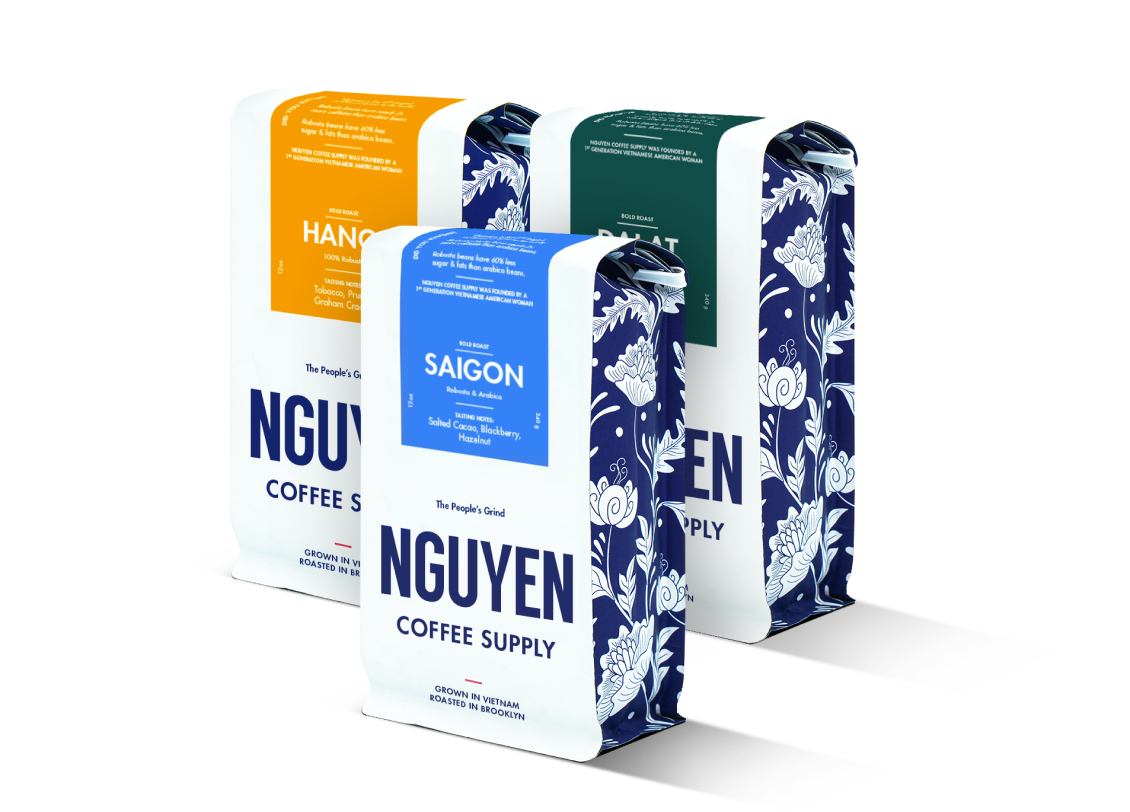

- FEATURED ON IMBIBE

Create for yourself or as a gift for your loved ones
Subscribe nowMe and mom just enjoyed the Nguyen phin drip experience. Wow. Proud of your work. We without hesitation enjoy the Vietnamese coffee and recommend your products. Thank-you to the Nguyen staff and tradition. From Canada eh!

Though it originated in Africa, coffee production has spread all over the world, due to large-scale demand and the innate versatility of the coffee plant. However, some regions of the world produce larger amounts and higher quality beans than others. Here’s a short list of some of the biggest regions that produce coffee in the world.
Brazil has been the world’s largest producer of coffee since 1840, and the crop is essential to the economy of the country. About two-thirds of all the coffee beans produced in Brazil are of the arabica variety, which are generally regarded as being fruity, citrusy, and light. Within Brazil, most of the arabica beans are produced in the state of Minas Gerais, due to its optimal growing conditions and proximity to the equator.
Vietnam is often left out of the coffee conversation — despite it being the world’s second largest coffee producing country. Vietnam is known for producing robusta beans, which are famous for their chocolatey and nutty flavor profile. This is due in part to the two million hectares of fertile basalt soil located in Vietnam’s Central Highlands, which provide a perfect growing environment for the robusta beans. That’s also why the country is the world’s largest producer of robusta coffee beans. Unfortunately, robusta beans have been largely dismissed by coffee critics who aren’t familiar with the style. On top of that, the reputation of Vietnamese coffee has also suffered due to incorrect preparation of Western-style “Vietnamese coffee” — which often contains too much condensed milk and beans from other countries. However, robusta beans can have up to twice the caffeine as arabica beans, and offer a deeper and more bold taste than their counterpart.
Although a brutal wet season caused a crop disease known as “coffee rust” to seriously damage coffee yields in 2008 and 2009, the industry bounced back, and Colombia is now the world’s third largest coffee producer, with coffee and spices clocking in at the country’s second-largest export. Like their neighboring coffee-producing country, Brazil, Colombia is also known for its mellow-tasting and well balanced arabica beans. The country’s “Coffee Triangle,” located in the rural Colombian Paisa region, accounts for most of the country’s coffee production.
Ethiopia is widely considered to be the birthplace of coffee, and is today the top coffee-producing country in Africa. In fact, the coffee plant itself, Coffea arabica, originates in Ethiopia. According to regional folklore, 15th century travelers chewed on raw coffee cherries as they made their way through Ethiopia, after they saw how energized the local birds and camels were when they chewed on the beans. Today, Ethiopian coffee is famous for its distinct berry-heavy and wine-like flavor, and accounts for around three percent of global coffee production.
--
Learn about the best tools for brewing Vietnamese coffee here.
Interested in traditional drinks? Learn how to make Vietnamese egg coffee here.